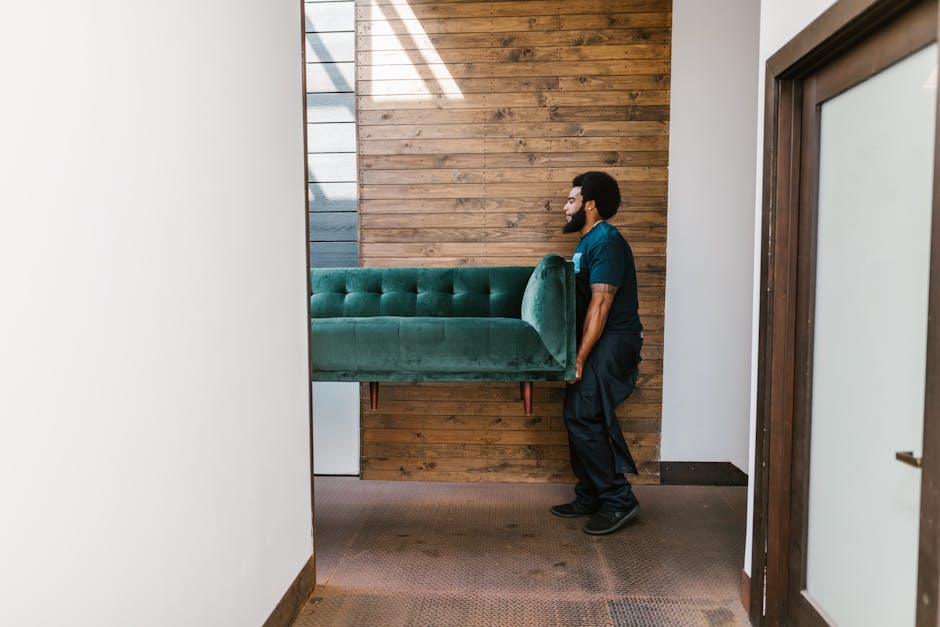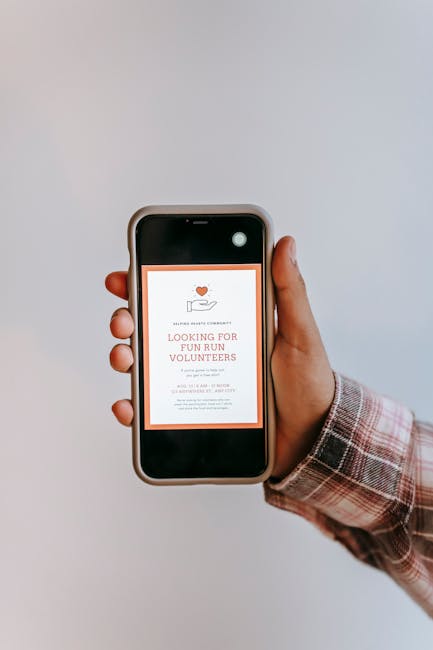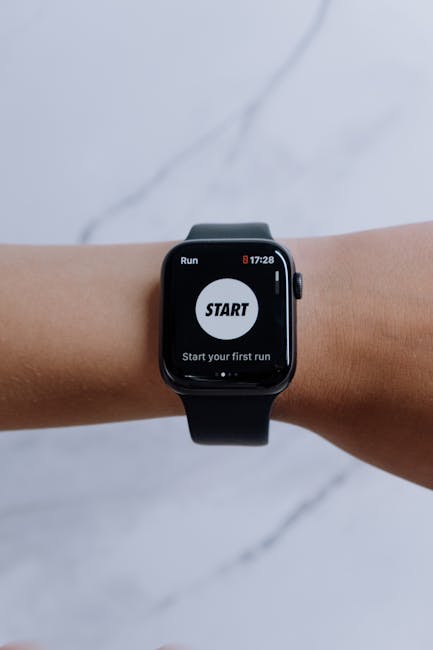
Why Your Phone Feels Different in Each Hand
Why Your Phone Feels Different in Each Hand
The Curious Case of Asymmetrical Perception
Have you ever noticed how your smartphone feels subtly different when held in your left versus your right hand? This phenomenon isn’t just your imagination—it’s a fascinating interplay of biology, ergonomics, and psychology. Our hands, though seemingly symmetrical, are not perfectly identical in strength, dexterity, or even sensitivity. The way we interact with our devices is shaped by years of muscle memory, hand dominance, and even the way our brains process tactile feedback.
The Role of Hand Dominance
For the majority of people who are right-handed, the right hand is naturally more adept at precise movements, making tasks like typing or swiping feel smoother. Conversely, when holding the phone in the left hand, the experience may feel slightly awkward or less controlled. Left-handed individuals often report the opposite sensation. This discrepancy arises because our dominant hand has finer motor skills and greater familiarity with repetitive actions, while the non-dominant hand may struggle with the same tasks, even if only subtly.
Ergonomics and Device Design
Smartphone manufacturers often design devices with right-handed users in mind, placing buttons, fingerprint sensors, or camera shutters in positions that favor right-hand accessibility. If you’ve ever fumbled to adjust your grip to reach a power button on the opposite side, you’ve experienced this design bias firsthand. Additionally, the weight distribution of a phone can feel uneven depending on which hand holds it, especially if one hand is stronger or more accustomed to bearing the device’s load.
The Brain’s Tactile Interpretation
Our brains process sensory input differently for each hand. Studies suggest that the dominant hand sends faster and more accurate feedback to the brain, making interactions feel more intuitive. The non-dominant hand, however, may require slightly more conscious effort, leading to a perceptible difference in how the phone feels. This neurological asymmetry means that even minor variations in grip or pressure can alter the user experience.
A Matter of Habit and Adaptation
Over time, frequent smartphone users adapt to these differences, often without realizing it. You might naturally angle the phone differently or adjust your grip based on which hand is in use. Yet, the initial sensation of imbalance remains—a quiet reminder of how our bodies and minds navigate the digital world in uniquely personal ways.
So the next time your phone feels just a little off when switching hands, remember: it’s not the device, but the incredible complexity of human perception that’s at play.







